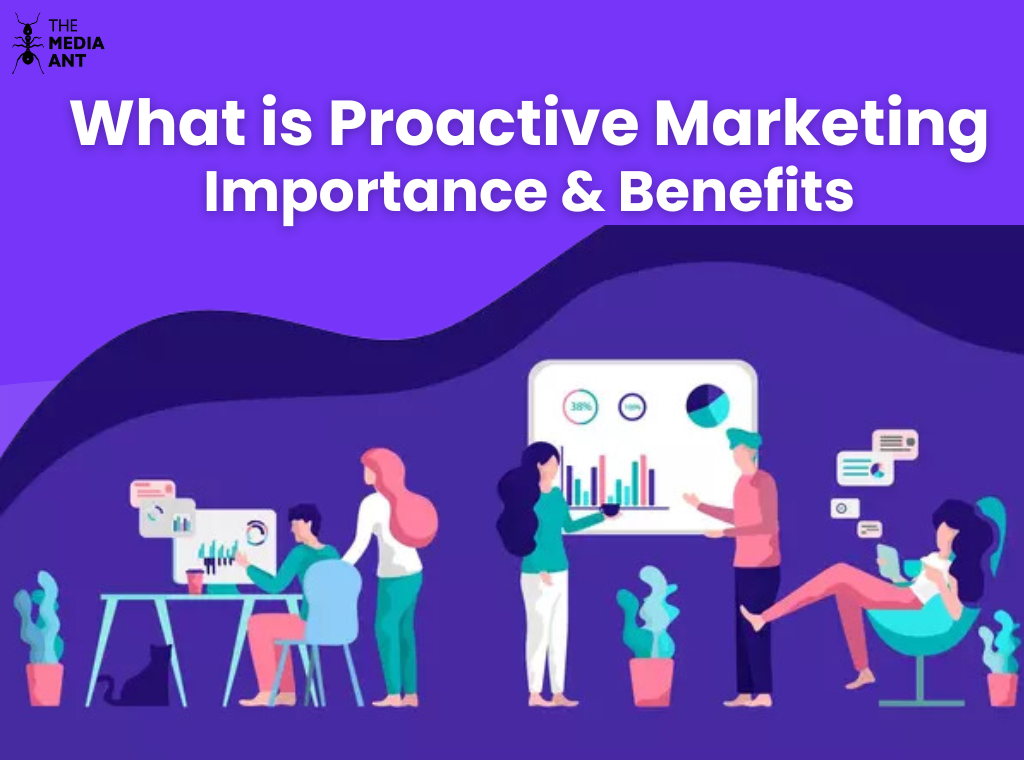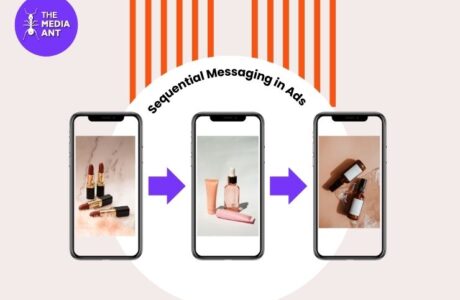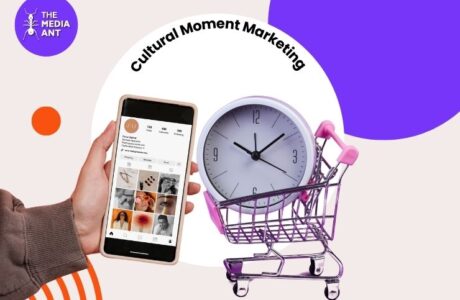Proactive marketing is a strategic approach that involves anticipating future market trends, consumer needs, and potential challenges to create opportunities and gain a competitive edge. Unlike reactive marketing, which responds to events as they happen, proactive marketing focuses on long-term planning, innovation, and trendsetting. By staying ahead of the curve, businesses can not only meet but exceed customer expectations, fostering brand loyalty and driving sustained growth.
The importance of proactive marketing lies in its ability to prepare businesses for the future. In today’s fast-paced and ever-changing marketplace, relying solely on reactive measures can leave companies vulnerable to sudden shifts and disruptions. Proactive marketing equips businesses with the insights and tools needed to navigate these changes confidently. It involves rigorous market research, data analysis, and continuous innovation, ensuring that products and services remain relevant and appealing. Implementing proactive marketing strategies and getting help from platforms like The Media Ant, which has good experience in marketing, can help companies position themselves as industry leaders, consistently delivering value and staying ahead of their competitors.
Key Takeaways
- Anticipation and Innovation: Proactive marketing focuses on predicting future trends and developing new products or services to meet anticipated demands.
- Strategic Planning: It involves long-term, strategic planning to align marketing efforts with the company’s overall goals and vision.
- Market Research: Comprehensive market research and trend analysis are crucial for understanding market dynamics and consumer behavior.
- Competitive Advantage: By staying ahead of market trends, companies can gain a significant competitive edge, becoming leaders rather than followers in their industry.
- Customer Loyalty and Satisfaction: Consistently meeting and exceeding customer expectations helps in building strong customer relationships and loyalty.
- Risk Mitigation: Anticipating and preparing for potential challenges helps in mitigating risks and reducing the impact of market fluctuations.
What is Proactive Marketing?
Proactive marketing is a forward-thinking approach where businesses anticipate potential opportunities and challenges in the market. Unlike reactive marketing, which responds to events after they happen, proactive marketing seeks to foresee changes and prepare strategies in advance. This method leverages data analytics, market research, and trend analysis to predict customer behavior, emerging trends, and potential disruptions. By doing so, businesses can craft marketing campaigns and product developments that align with future demands, ensuring they remain ahead of the competition.
A proactive marketing strategy includes continuous monitoring of market conditions, understanding customer preferences, and staying informed about technological advancements. Companies that excel in proactive marketing are typically those that invest in research and development, foster a culture of innovation, and maintain agility in their operations.
In the Indian context, proactive marketing might involve anticipating trends unique to the Indian market, such as festive shopping behaviors, regional preferences, and digital adoption rates. For instance, a company like The Media Ant could leverage its deep market insights to predict the next big trend in Indian advertising, helping its clients stay ahead of the curve.
Benefits of Proactive Marketing
Implementing proactive marketing offers numerous advantages that can drive a business’s growth and sustainability.
Competitive Advantage: By anticipating market trends, businesses can introduce innovative products or services before their competitors. This early entry can capture market share and establish the company as a leader in its industry. For example, Indian e-commerce giant Flipkart’s Big Billion Days sale was a proactive strategy that not only boosted sales but also set a benchmark for festive season sales in India.
Enhanced Customer Satisfaction: Proactive marketing focuses on understanding and meeting customer needs before they even arise. This leads to higher customer satisfaction, loyalty, and retention, as customers feel valued and understood. A good example is Tata Motors, which frequently updates its vehicle models based on customer feedback and anticipated market trends, ensuring a steady stream of satisfied customers.
Improved Resource Allocation: By planning ahead, companies can allocate their resources more efficiently. This includes budgeting for marketing campaigns, managing inventory, and optimizing supply chains, resulting in cost savings and better financial management. For instance, Indian FMCG company Hindustan Unilever uses advanced analytics to forecast demand and manage its supply chain proactively.
Risk Mitigation: Proactive marketing allows businesses to identify potential risks and challenges early on. By preparing contingency plans and adjusting strategies accordingly, companies can mitigate the impact of adverse events and ensure business continuity. For example, during the COVID-19 pandemic, many Indian companies shifted their focus to digital marketing and e-commerce to counteract the decline in physical retail sales.
Better Decision-Making: Access to detailed market insights and predictive analytics enables informed decision-making. Businesses can base their strategies on data-driven forecasts rather than guesswork, leading to more effective and targeted marketing efforts. Reliance Jio, for instance, used proactive marketing and deep market research to revolutionize the Indian telecom sector by predicting the surge in demand for affordable data services.
Why is Proactive Marketing Important?
The importance of proactive marketing cannot be overstated in today’s fast-paced and competitive business environment. As markets evolve rapidly, companies that rely solely on reactive strategies may find themselves struggling to keep up with changing customer preferences and industry dynamics.
Adaptation to Market Changes: Proactive marketing ensures that a business is always prepared for changes in the market. Whether it’s a new competitor, a shift in consumer behavior, or an economic downturn, being proactive allows companies to adapt quickly and effectively. In India, brands like Patanjali have effectively used proactive marketing to tap into the growing demand for natural and Ayurvedic products, staying ahead of market trends and consumer preferences.
Building Stronger Customer Relationships: By consistently meeting and exceeding customer expectations, businesses can build stronger, long-lasting relationships. Proactive marketing helps in understanding customer needs on a deeper level, allowing for personalized and relevant interactions that foster loyalty. Maruti Suzuki, for example, has maintained its market leadership in India by continuously innovating and proactively addressing customer needs through its wide range of products and services.
Driving Innovation: A proactive approach encourages continuous innovation. Businesses are constantly seeking new ways to meet future demands, leading to the development of cutting-edge products and services that differentiate them from competitors. Infosys, an Indian multinational corporation, invests heavily in research and development, ensuring it stays at the forefront of technological innovation and market trends.
Sustained Growth: Proactive marketing strategies contribute to sustained business growth. By staying ahead of market trends and continuously improving their offerings, companies can maintain a steady trajectory of growth and profitability. Asian Paints, for instance, has consistently grown by proactively identifying market opportunities and consumer trends, allowing it to expand its product portfolio and market presence.
Resilience in Crisis: Proactive marketing equips businesses with the agility and resilience needed to navigate crises. Whether it’s a global pandemic, economic recession, or industry-specific challenge, having a proactive plan in place can make the difference between thriving and merely surviving. During the pandemic, companies like Zomato and Swiggy adapted quickly by introducing contactless delivery and safety protocols, ensuring business continuity and customer trust.
What is the Difference Between Proactive and Reactive Marketing?
Understanding the key differences between proactive and reactive marketing is crucial for businesses aiming to optimize their marketing strategies.
| Key Differences | Proactive Marketing | Reactive Marketing |
| Focus | Anticipates future trends and prepares in advance. | Responds to events and changes as they occur. |
| Approach | Data-driven, strategic, and forward-thinking. | Responsive, adaptive, and often short-term. |
| Advantages | Competitive edge, customer satisfaction, innovation, and risk mitigation. | Flexibility, quick response, and adaptability. |
Proactive Marketing: Proactive marketing involves anticipating future needs, trends, and challenges and taking action in advance to address them. This approach is strategic and forward-thinking, aiming to create opportunities and mitigate potential issues before they arise. Proactive marketing requires comprehensive market research, trend analysis, and continuous innovation. It is characterized by long-term planning and a focus on building strong brand positioning.
Key Features of Proactive Marketing:
- Anticipation: Identifying future market trends and consumer needs.
- Innovation: Developing new products or services to meet anticipated demands.
- Strategic Planning: Crafting long-term marketing strategies that align with the company’s goals.
- Market Research: Conducting thorough research to understand market dynamics and consumer behavior.
- Brand Building: Focusing on strengthening brand reputation and loyalty.
Advantages of Proactive Marketing:
- Competitive Edge: Staying ahead of competitors by being the first to market with new solutions.
- Customer Loyalty: Building stronger relationships with customers by consistently meeting their evolving needs.
- Risk Mitigation: Reducing the impact of market fluctuations and uncertainties by being prepared.
Reactive Marketing: Reactive marketing, on the other hand, involves responding to events, trends, and consumer behaviors as they occur. This approach is tactical and focused on immediate actions to address current market conditions. Reactive marketing is characterized by flexibility and quick decision-making, allowing companies to adapt to changes and capitalize on unexpected opportunities.
Key Features of Reactive Marketing:
- Response: Addressing immediate market demands and changes.
- Flexibility: Being agile and adaptable to new situations.
- Crisis Management: Effectively handling negative publicity or unforeseen challenges.
- Short-Term Focus: Implementing quick solutions to capitalize on current opportunities.
- Consumer Feedback: Leveraging real-time feedback to adjust marketing strategies.
Advantages of Reactive Marketing:
- Timeliness: Quickly addressing consumer needs and market changes.
- Agility: Adapting to new trends and opportunities as they arise.
- Cost-Effective: Often less resource-intensive compared to long-term strategic planning.
Conclusion
Proactive marketing is a strategic approach that anticipates future market trends, consumer needs, and potential challenges, enabling businesses to take preemptive actions. This forward-thinking strategy is crucial for staying ahead of competitors, fostering innovation, and building long-term customer loyalty. By investing in proactive marketing, companies can create new opportunities, mitigate risks, and enhance their brand’s reputation. In an ever-evolving market landscape, proactive marketing ensures that businesses remain resilient and adaptive, positioning themselves for sustained growth and success. Embracing this approach not only secures a competitive edge but also aligns with the dynamic demands of today’s consumers, ultimately leading to increased market share and profitability.
FAQs Related to Proactive Marketing
What is passive and proactive marketing?
Passive marketing involves minimal active engagement and often relies on word-of-mouth or customer-initiated contact. Proactive marketing, on the other hand, actively seeks out opportunities and engages customers through planned and strategic efforts.
What is proactive market selection?
Proactive market selection involves identifying and targeting specific market segments that are anticipated to show growth potential. This strategy requires thorough market research and analysis to choose the most promising markets for business expansion.
What is an example of proactive marketing?
An example of proactive marketing is a tech company investing in research and development to create a new product that addresses an emerging consumer need before competitors. This could involve launching a marketing campaign to educate customers about the new product’s benefits ahead of its release.
What are proactive marketing features?
Proactive marketing features include data-driven decision-making, trend analysis, customer needs anticipation, strategic planning, and continuous market monitoring. These features enable businesses to stay ahead of the curve and maintain a competitive advantage.





